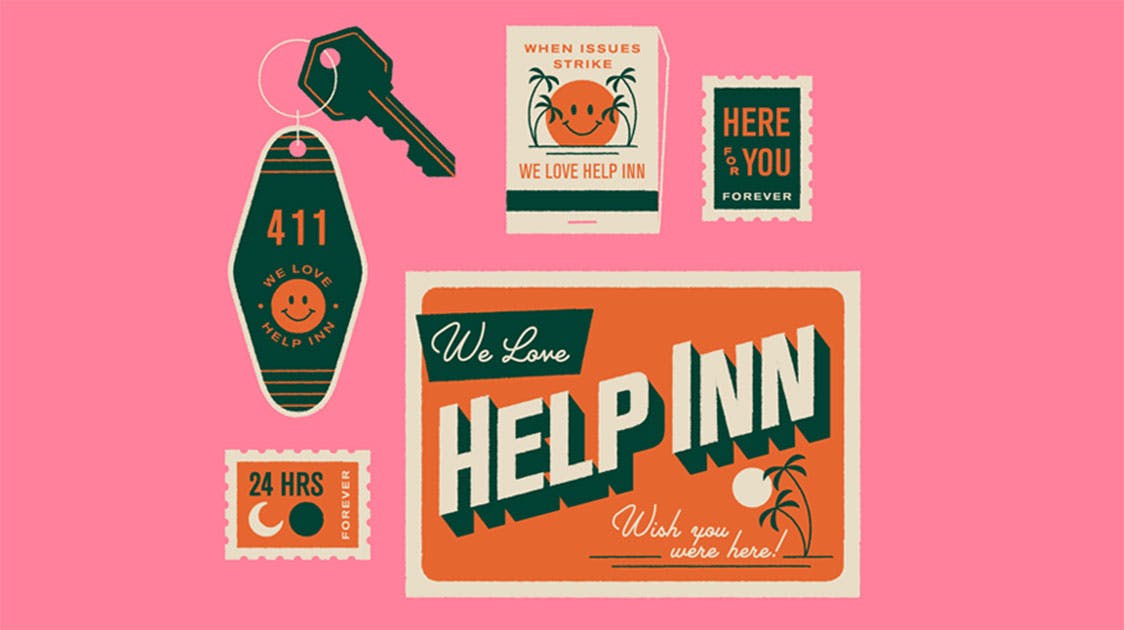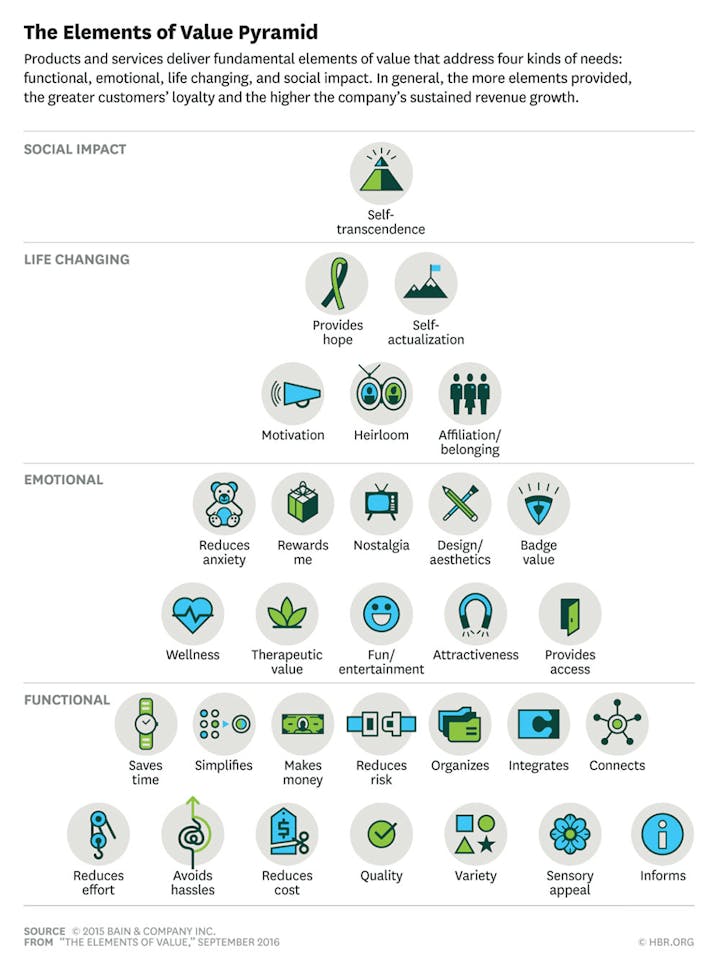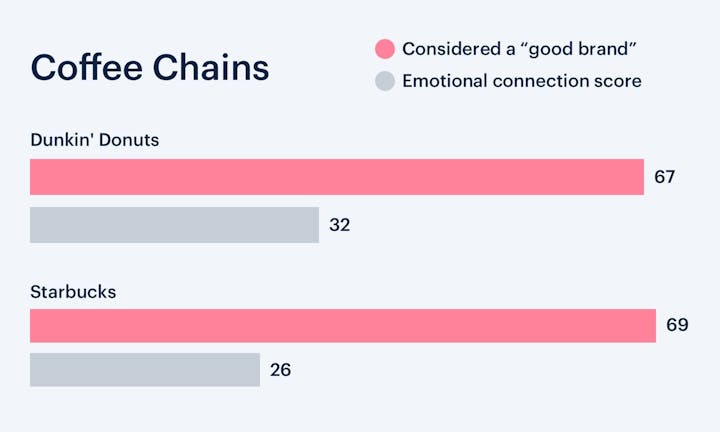Guide to Customer Relations: Definition, Benefits, and Tips


Developing a relationship with your customers is one of most effective strategies a business can adopt. Unfortunately, it's also one that is very often put on the backburner — to the detriment of both growth and retention. A great customer relations strategy delivers tremendous ROI, helping boost customer acquisition, loyalty, and satisfaction.
In this post, we'll cover the basics of customer relations — what it is and why it's important — as well as provide you with the information you need to build a thriving customer relationship strategy for your business.
What is customer relations?
Customer relations is the company-wide process of nurturing positive relationships with your customers — the sum of all customer interactions and experiences.
No matter how distinct the different roles of your team, every action taken by every person in the business contributes to — or detracts from — a positive customer relationship.
Customer relations vs. customer service
A successful customer relationship strategy starts on the front lines with your customer support team.
Support professionals manage the highest number of personal interactions with customers. They’re in an unparalleled position to transform the customer relationship. By acting with goodwill — and providing extra value — they can serve as the keepers of these vital connections.
At Help Scout, we position support team members as proactive relationship-builders. Let’s say you’re having an issue with a platform integration. Not only would one of our support pros fix the problem, they might also invite you to a webinar to deepen your understanding of the tool.
The higher the level of customer engagement with your company and product, the higher the value your customer receives — and the better the relationship. When you expand the domain of your customer support superstars, you give them the leeway to strengthen the customer experience in creative, unexpected ways.
But these activities don’t happen in the vacuum of a single role or function. Ideally, every employee acts as a steward for customer relations. The work of each team member can and should always contribute to improving customer relationships.
The importance of customer relations
Customer relations have always been at the heart of successful businesses.
Before the advent of the internet, we made almost all of our purchases in person. Our relationships with business owners and their employees inspired our buying decisions. Emotional connections, subtle preferences, and loyalties drove how and when we spent our money.
At my favorite college haunt, Summit Coffee, for example, I chatted with the barista almost every day for four years. It was one of the best customer service relationships of my life. Even nine years after I’ve graduated, every time I go back to my alma mater in North Carolina, I beeline to Summit.
It may seem that the days of these human moments — and long-lasting customer relationships — are a thing of the past. That couldn’t be further from the truth.
Thriving brands make and sustain emotional connections with customers during every interaction, whether online or in person. These relationships are just as important for businesses who almost never interact with their customers face-to-face.
A strong customer relations strategy underpins sustainable growth. Once you know the facts, it’s hard not to put these relationships first every day.
The benefits of positive customer relations
My experience at Summit Coffee highlights several of the biggest benefits of positive customer relations:
Customer retention: Because I had a relationship with the staff at Summit Coffee, I stopped there every day for my morning brew. When your customers know they'll have a positive experience with your business, it's very difficult for a competitor to woo them away.
Customer loyalty: Even though I no longer live in North Carolina, I still stop by Summit Coffee every time I visit my alma mater. Having positive relationships with your customers inspires a type of loyalty that overcomes many common reasons why customers defect, including cost and convenience.
Customer acquisition: I introduced many friends to my favorite coffee shop during my time in North Carolina and happily recommended it at every opportunity. I'm still recommending them to this day in blog posts that have nothing to do with coffee.
Customer satisfaction: Because I had a great relationship with the staff at Summit Coffee, I would have felt comfortable talking with them about any problems I encountered with their products or service. Given that most customers will just stop patronizing a business rather than complaining, positive customer relations make it easier to get customer feedback.
3 keys to building customer relations, according to the experts
Some of the simplest wisdom about customer relations is the best: Be kind. Treat everyone as a human being. Know your stuff. Stay calm.
Scratch below the surface of these simple directives, though, and you’ll find deeper strategies that anchor and strengthen customer relationships. These three keys contribute to the best possible outcomes for everyone.
1. Understand and meet your customers’ hierarchy of needs
You can’t create an authentic, long-lasting connection without understanding the other person. The same is true for customer relationships. What does your customer want? How can you serve them?
The most beloved companies commit to understanding and empathizing with their customers every day. Through customer interviews, market research, and feedback from customer support, customer success, and sales, they identify the needs of their customers.
Marketers often apply Abraham Maslow’s “hierarchy of needs” to customers. According to Maslow, people experience five levels of need: physiological, safety, love and belonging, esteem, and self-actualization.
Bain & Company adjusted this traditional model into an “Elements of Value” pyramid to identify how businesses can meet the essential needs with customer relations. Instead of five levels, there are four groups: Functional, emotional, life changing, and social impact.
Across these tiers, there are 30 opportunities for companies to create value for their customers through positive relationships.

Businesses bring the most value when they build an entire relationship, rather than just a product or service, around creating value. Generally speaking, the more ways you can bring value, the more loyal customers are to your team, and the greater the sustainable growth your business can achieve over time.
Pinpointing the specific value you bring to customers can inform your customer relations strategy. As data and technology evolve, it’s easier to personalize the specific “value elements” you fulfill for a segment or group.
Help Scout, for example, enables customer support professionals to see every conversation the customer has had with a member of our team, as well as their searches in our knowledge base. This context empowers teams to identify the greatest value they can bring each customer in real time.
We’ve also leveraged automation so we can predict and assess a customer’s needs before they reach out for help. By sharing specific tools and resources upfront, we act as a “concierge” that points them in the right direction. The deeper the personalization, the more likely you can provide the value that underpins a meaningful customer relationship.
Try the customer support platform your team and customers will love
Teams using Help Scout are set up in minutes, twice as productive, and save up to 80% in annual support costs. Start a free trial to see what it can do for you.
Try for free
2. Prioritize consistency above all else
One great experience rarely creates trust or loyalty. You need consistency across channels and interactions (digital and personal) to develop real relationships with customers.
It sounds like a no-brainer, but given the number different channels customers use to interact with companies, consistency is harder than ever to create in a customer relationship.
According to McKinsey & Company, consistency in every stage of the journey is the greatest predictor of customer experience and loyalty. Their research breaks down how to create continuity in customer relations in multiple ways:
Customer-journey consistency – The more varied the customer experience, the less effective it is. The more consistent a company — and its team members — are in how they interact with their community, the more interested customers are in continuing the relationship.
Example: Every time you walk into a Trader Joe’s, you’ll see employees in Hawaiian shirts selling quality products at good prices. The experience is universal, regardless of the specific location.
Communication consistency – Companies that follow through on promises stand out in the minds (and hearts) of customers. The worst thing for a relationship is to fall short of a customer’s perceived expectations, even if the expectations are not explicitly mentioned in a contract or agreement.
Example: The beloved ecommerce brand Cuyana continues to fulfill their promise of “fewer, better things” as they mature as a company. Every point of contact with customers — and every product — embodies continuity in their message and delivery of timeless, well-made pieces.
3. Invest in emotional connections, not just customer satisfaction
According to the same research from McKinsey&Company, there’s also a third element — emotional consistency — that drives satisfaction and loyalty across the majority of industries. In short, “emotional consistency” means customers continually feel good about a business over time.
If you’re looking for a clear customer relations example of emotional consistency, let’s go back to Summit Coffee. Even though I’ve moved away, I still feel close to the brand, and I follow them on social media. Because I never had any bad experiences, I’ve experienced emotional consistency as a customer.
Harvard Business Review argues that emotionally attached customers like me are 25-100% more valuable, as far as revenue and profitability goes, than highly satisfied customers. That’s why Summit Coffee thrives in a time when Starbucks dominates the industry.
Although surveys show that customers consider Starbucks a “good brand,” it has a low ECS, or emotional connection score, because people don’t feel a deep sense of attachment to the brand.

To inspire the kind of long-term emotional connection I’ve experienced with Summit Coffee, you need a direct customer service relationship that blossoms into trust over time.
Instead of viewing customer satisfaction as the benchmark of success, make emotional connection the goal. In every function of the company, identify the emotional motivators of a customer and weigh how a business decision could strengthen or weaken their experience.
When companies slip-up, it’s often because they build emotional connection into their marketing strategy and stop there. If you create a brand that aligns with the values, needs, and emotional satisfaction of customers — but you don’t follow through in the quality of the product and the experience — the investment is a waste of money.
Meaningful relationships with businesses require integrity and genuine follow-through to build real emotional connections with customers.
Putting customers first pays off
Customer support is one key component of a larger customer relations strategy. Instead of approaching your support strategy as a separate agenda, imagine it as the entry point into meaningful relationships with the people who matter most.
Only when you take every touchpoint and every conversation seriously can you build value, consistency, trust, and emotional connections that last a lifetime.
The Supportive Weekly: A newsletter for people who want to deliver exceptional customer service.
